Students completed research on individual artists. I chose the artists based on Scholastic Arts Magazines I had on hand. This allowed for the research phase to begin immediately and for the students to check out the magazines to complete research at home. Students were given a handout with areas of importance to research including: life dates, art movement associated with, biographical facts, quotes about and from the artist, technique and interesting facts. This information was typed in a format and glued to the back of the trading cards. This was similar to a baseball card with player statistics. The second phase of the project was to sketch and choose a major artwork to represent the artist on the front of their trading cards. Once the sketch was complete, students used light tables, windows, and transfer paper to draw their design on each card. Beyond this, students chose their materials based upon the artist materials. The materials used included: watercolor paint and colored pencils, tempera paint, Sharpies, colored pencils, crayons, charcoal, oil pastels, markers, construction paper and scratchboard. Students presented the artists in chronological order (the seating chart for this project was laid out chronologically with artist birth dates to encourage students to talk about connections with art movements and techniques). After presenting, students traded cards with one another and had a complete set of laminated artist
0 Comments
As I began my student teaching, the 2nd grade class was working on a Vincent Van Gogh unit. They studied his paintings of sunflowers and recreated them. Before I got there, they had drawn them, painted the orange and yellow bright sunflowers and the blue crisp backgrounds. When I got there, we continued by making frames from newspaper and decorated them with a variety of dry noodles. After this, we used gold paint to paint the frame, making it appear to look old and 3-D like vintage frames in the art museums. Arty On! |
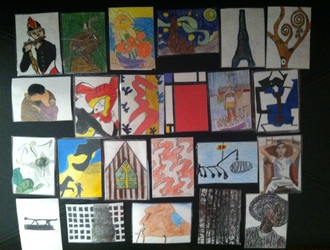

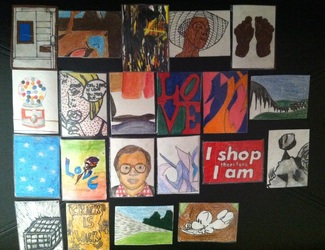

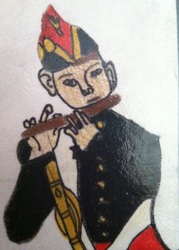

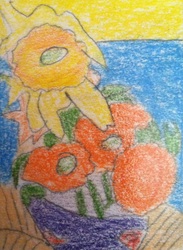

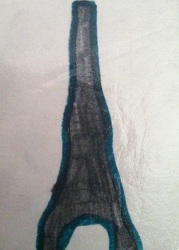
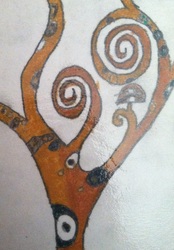
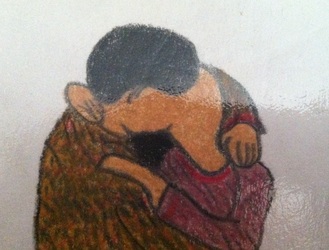
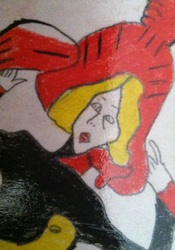
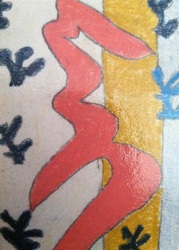
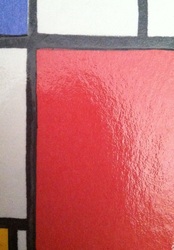
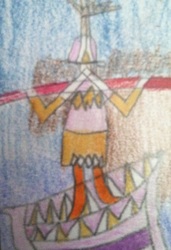

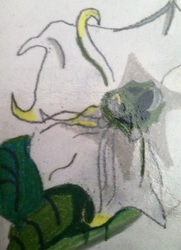
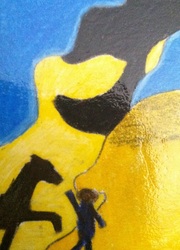
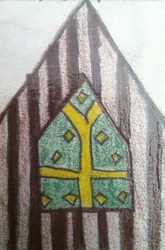
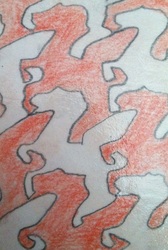
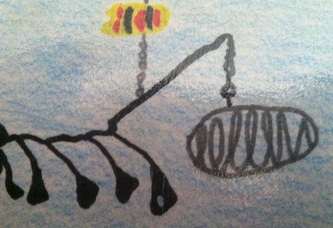

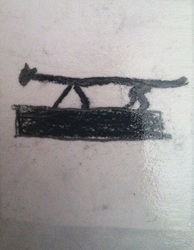
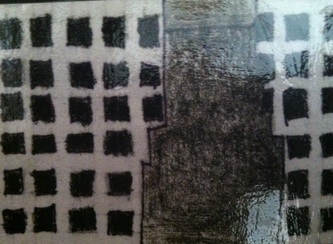
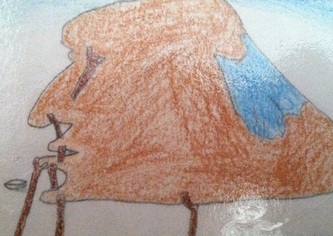
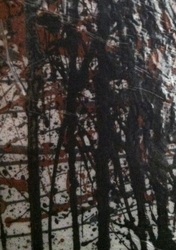
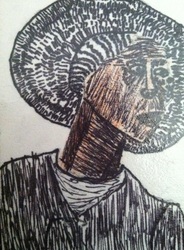
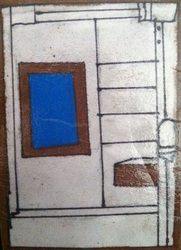
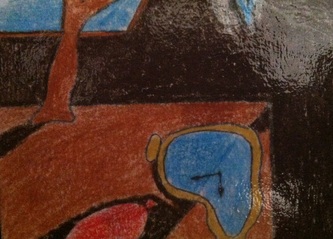
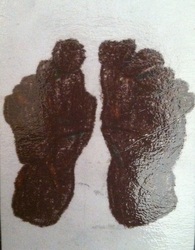
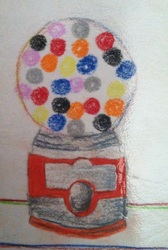
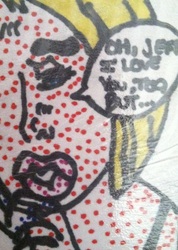
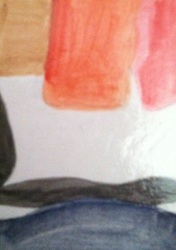

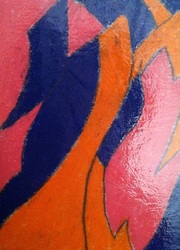



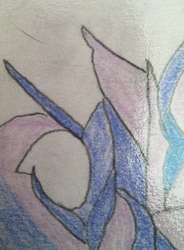
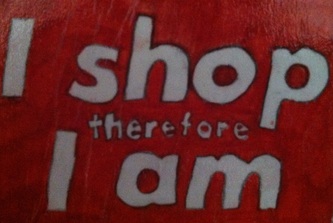
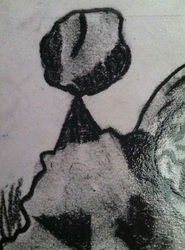
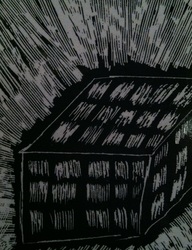
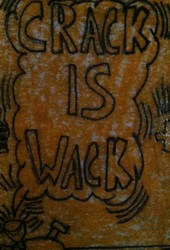
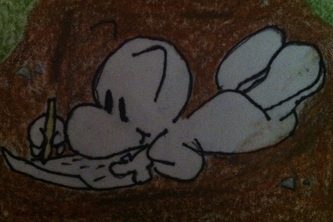
 RSS Feed
RSS Feed